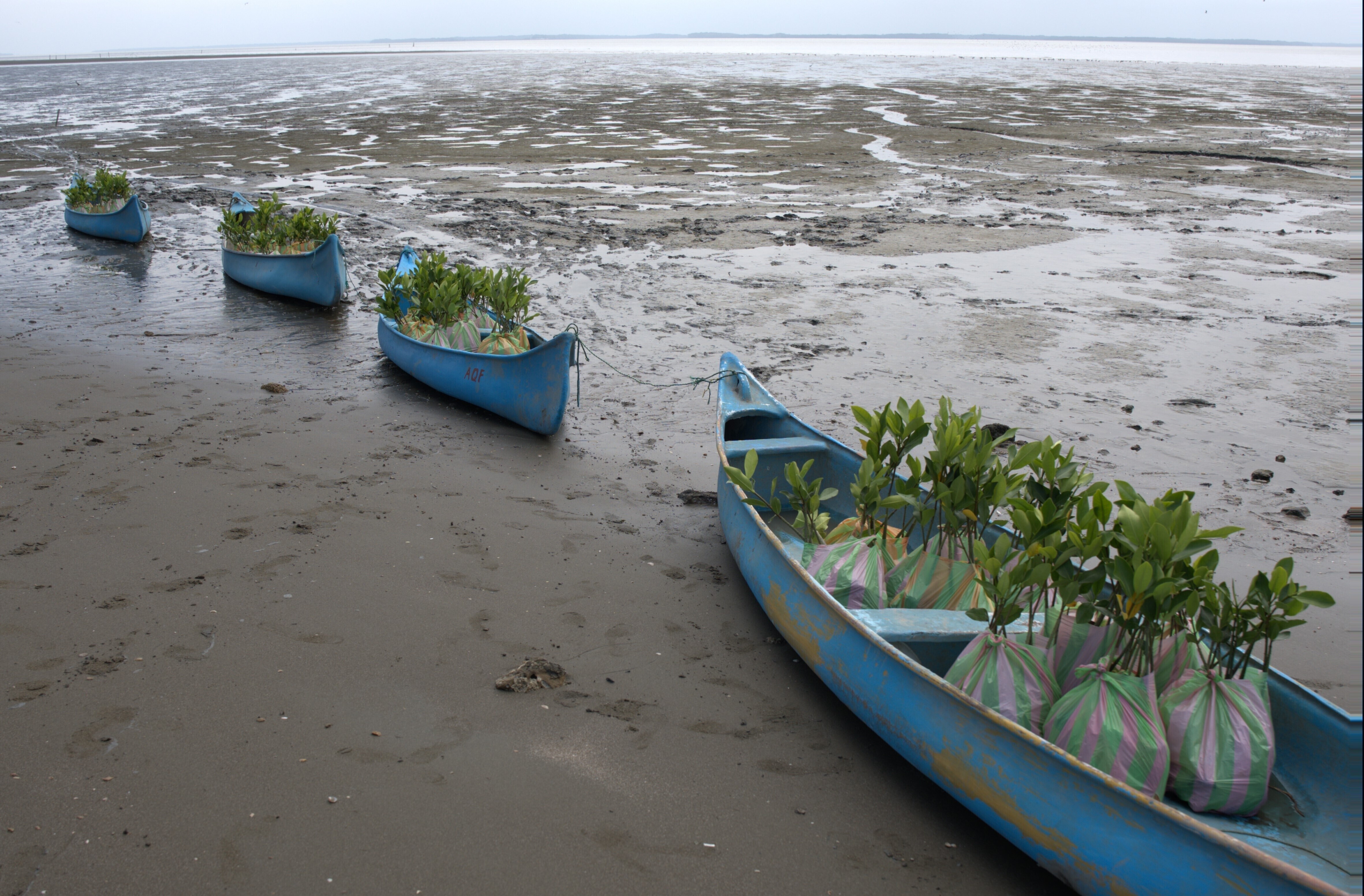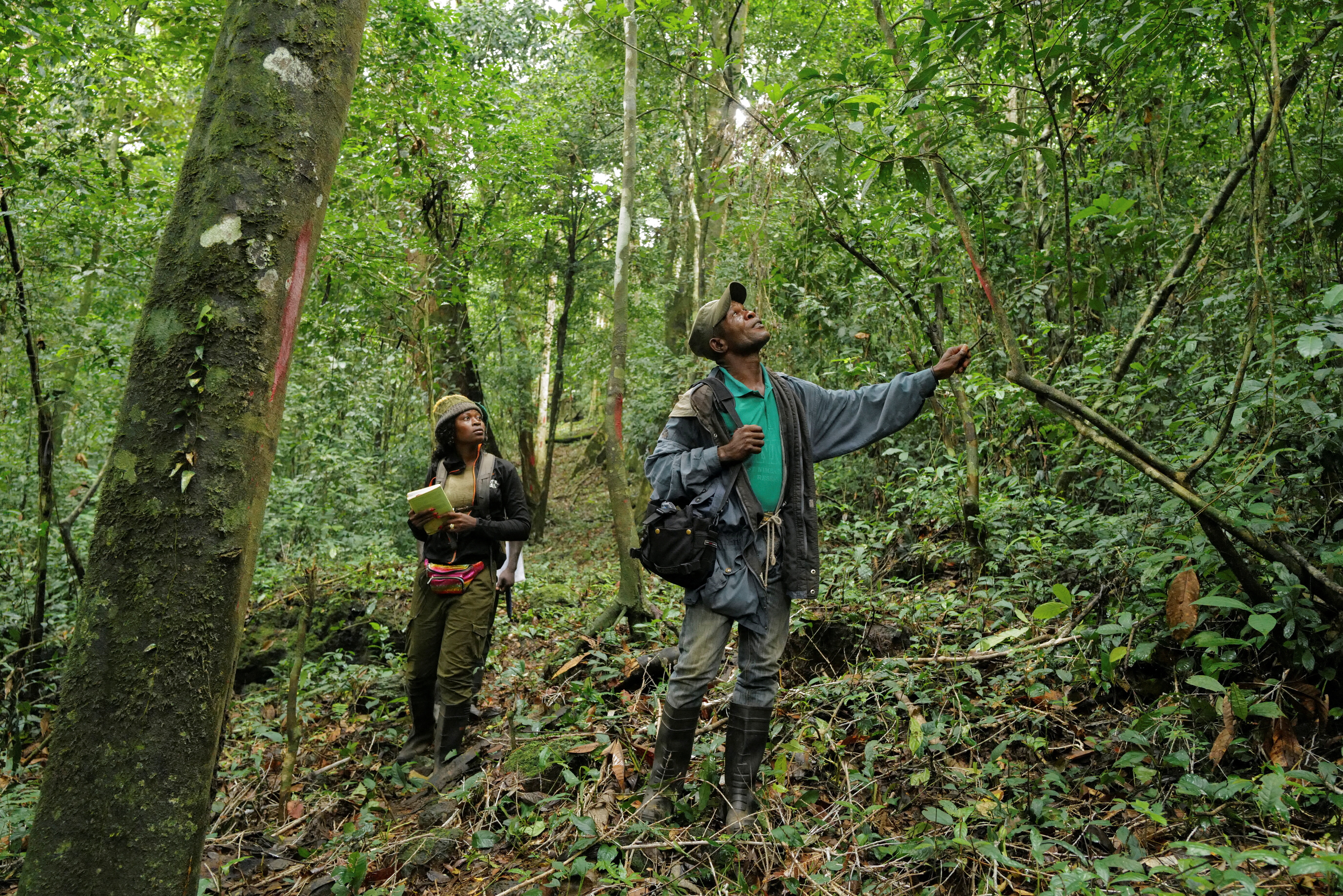How can governments better prepare for droughts?

Infighting between competing government departments has weakened the world’s ability to tackle droughts, a U.N. official said as scientists meet at an international conference in Mexico this week to discuss desertification.
Most governments do not have a separate ministry to handle issues related to water, droughts or land management, said Mohamed Bazza, a senior water resource officer for the U.N. Food and Agriculture Organization (FAO).
Responses to expanding deserts and lack of rainfall usually need to be coordinated by several ministries that often compete for funding, power and influence at the expense of preserving the land and effectively addressing the problem, he said.
“Getting prepared for a drought requires integration (between various government agencies),” Bazza told the Thomson Reuters Foundation. “This collaboration has usually been lacking.”
Australia and a few U.S. states have good plans to deal with expanding deserts and droughts, he said, while other countries including Mexico, Brazil, Turkey and Morocco are starting to improve their responses.
Globally, desertification affects 250 million people and a third of the earth’s land surface – more than 4 billion hectares, said a statement released ahead of a four-day meeting of scientists discussing the U.N. Convention to Combat Desertification (UNCCD) in Cancun, Mexico.
Africa is most impacted by desertification, the U.N. says, with two-thirds of the continent’s territory classified as desert or drylands.
As climate change pushes deserts to expand in Africa, an estimated 60 million people are expected to migrate from parched lands in sub-Saharan Africa to north Africa and Europe in the next 20 years, it said.
About half of the world’s recent armed conflicts were at least partially caused by environmental factors, the UNCCD reported. Many analysts believe global warming will intensify violent strife.
“The situation is expected to get worse by all (climate change) models,” Bazza said. “The desert is extending very few countries have the right integrated policies to prepare for drought or to manage it after it occurs.”
This article is published in collaboration with Thomson Reuters Foundation. Publication does not imply endorsement of views by the World Economic Forum.
To keep up with the Agenda subscribe to our weekly newsletter.
Author: Chris Arsenault covers global food security and agricultural politics for the Thomson Reuters Foundation.
Image: A drought-related cactus installation called “Desert of Cantareira” by Brazilian artist and activist Mundano is seen at Atibainha dam, part of the Cantareira reservoir, during a drought in Nazare Paulista, Sao Paulo. REUTERS/Nacho Doce
Don't miss any update on this topic
Create a free account and access your personalized content collection with our latest publications and analyses.
License and Republishing
World Economic Forum articles may be republished in accordance with the Creative Commons Attribution-NonCommercial-NoDerivatives 4.0 International Public License, and in accordance with our Terms of Use.
The views expressed in this article are those of the author alone and not the World Economic Forum.
Stay up to date:
Fresh Water
Forum Stories newsletter
Bringing you weekly curated insights and analysis on the global issues that matter.






